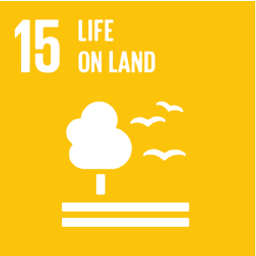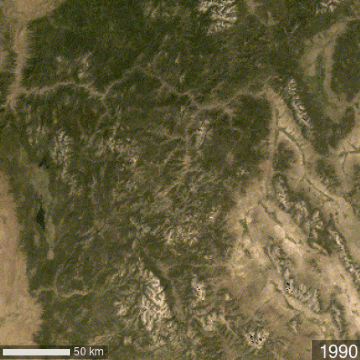Lower Snake River - Impact Area Special Groups
Participating stakeholders will discuss, update and finalize this section. The Group’s objective is to discuss solutions on how to restore the Snake River while also meeting the impact area needs and, most times, improving on what is thought to be possible today. To add your voice, to discuss your concerns and to collaborate on a mutual solution, please Join Us.
Climate Scientists and Ecosystem Experts - Call to Action
Breaching the dams presents an opportunity to restore the environment and set climate and ecosystem priorities. Through collaboration, we call on all Climate Scientists and Ecosystem Experts to address the challenges with the urgency required to mitigate climate impacts and restore the NW ecosystem for future generations.
Evaluate the climate impact and ecological benefits of dam breaching, including reductions in greenhouse gas emissions, restoration of healthy water temperatures, and natural carbon sinks.
Prioritize actions based on climate resilience and biodiversity that can result from dam breaching, such as improved fish migration and healthier river ecosystems.
Consider phased approaches and innovative solutions to transition smoothly to natural river flows, minimizing disruption to local communities and ecosystems.
Address the environmental impact of sediment release and water quality changes and explore sustainable practices to mitigate these effects.
By uniting our expertise, we can develop a comprehensive plan supporting climate mitigation and ecological restoration.
Challenges & Benefits - Climate & Ecosystem
A subset of topics included as starter - additional to be added by workstream leads and collaborators
Hydropower is not a green source of energy. Not only does it emit considerable amounts of GHGs (Methane), but it also directly increases water temperatures and kills ecosystems and species.
Pacific salmon play a key role in transporting nutrients from marine to freshwater and terrestrial ecosystems. Effectively, anadromous fish are important nutrient pumps.
Using Project Drawdown assumptions, an estimated 90MMT of carbon sequestration has been lost by the degradation of Idaho’s forests by halting this once bountiful “nutrient pump”.
Rewilding Institute, a One4Salmon partner, is reviewing/refining the above estimate of 90MMT carbon sequestration potential being recoverable.
Years ago, methane emissions from Lower Snake Reservoirs were estimated to be 86,000 MMT per year. More recently, a Patagonia-sponsored report has doubled that estimate, suggesting that “lifecycle greenhouse gas emissions” are “emitting approximately 1,800,000 metric tons of carbon dioxide equivalent per year
Washington State’s score for United States Sustainable Development Goals is 58.1%. Of 17 overall goals, breaching the four Lower Snake River dams will have a positive impact on the 3 below.
Disappearing Idaho forests, partly attributed to increased drought conditions and partly to the loss of wild salmon that led to the loss of other supporting species in the ecosystem.
Additional Topics & Resources
TBD by Subject Leaders and Experts
This section to be developed by the Leads in the Unification.
If you are a climate or ecosystem expert who would like to collaborate in restoring the Snake River please Join Us.
The Answers are Out There
We only need to ask HOW.





